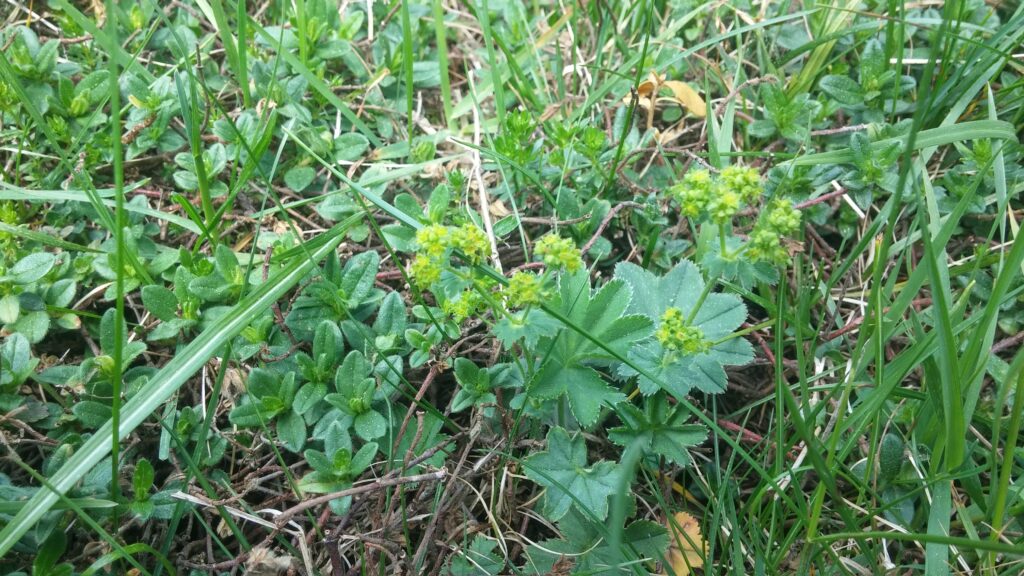My experience encompasses a wide variety of quantitative methods for forecasting change in dynamic systems. This includes classic time-series approaches, non-linear mixed modeling frameworks, and machine learning. Here are some examples of how I have used data science to further ecological research and contribute to data-driven decision making.
Flooding risk in urban lakes
Land use and land cover change impact the way that rainwater eventually finds its way into rivers and lakes. In urbanizing watersheds, increased amounts of impervious surfaces – such as pavement and concrete – mean that rainwater enters waterways much more rapidly. This leads to a phenomenon known as “flashiness,” a more rapid increase in river or lake level in response to rain. Working with colleagues and collaborators, I have built a series of models to forecast the response of the two major lakes that border the capital city Madison, Wisconsin. Forecasts are available as an interactive dashboard.

Forecasting biodiversity change
The ability to forecast changes in biodiversity in response to changes in the environment is an immensely difficult task and one that is still currently beyond the reach of science. Doing so requires a fully spatio-temporal framework that can account for a number of dynamical ecological processes, such as the interactions between organisms as they strive to obtain the basic resources to grow, survive, and reproduce. This is not possible with statistics alone and must also incorporate mathematical models that capture the underlying dynamics.
Check out code related to these projects on GitHub

Long-term forest time series and biodiversity
Long-term ecological time series are one of the most valuable resources of data that can be used to understand biodiversity patterns and to help forecast and assess the risks presented by human activity. I have extensive experience working with large data sets representing a dozen of the globe’s forests, encompassing tens-of-thousands of species from over 40 years of bi-weekly data. I analyze these time series alone, and also combine them with process-based models to make forecasts and understand ecological mechanisms.
